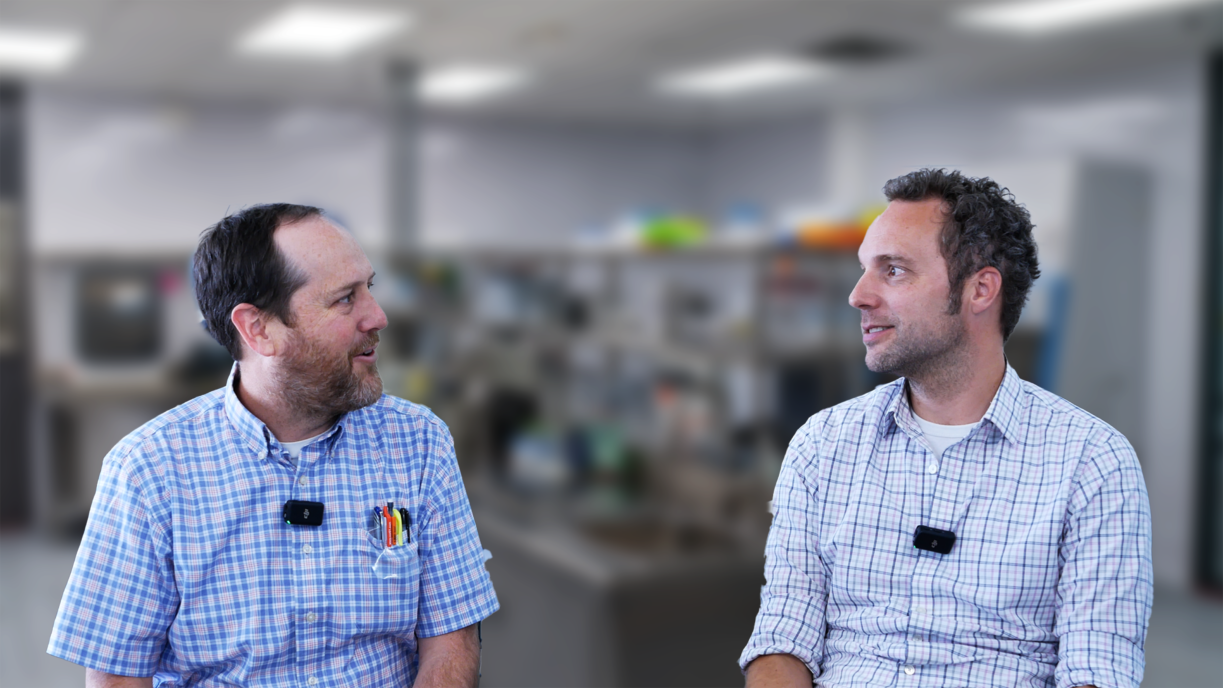
Bio Break: Exploring Alternative Bodily Fluids for Diagnostics
In this episode of Bio Break, Joris van der Heijden and Nick Allan tackle an intriguing question: can alternative bodily fluids like sweat, saliva, or urine offer viable alternatives to blood sampling for medical diagnostics? While blood remains the gold standard for clinical testing, advancements in non-invasive sampling methods are opening new possibilities, particularly in wearable devices and at-home diagnostics.
Joris explains why alternative fluids are gaining traction, highlighting the benefits of non-invasive methods that eliminate the need for needles. Fluids such as sweat and urine are easier to collect and less intimidating for patients, but the challenge lies in correlating their values accurately to blood metrics. Even with high correlation rates on a population level, variability between individuals can lead to diagnostic errors when relying solely on alternative fluids.
The discussion delves into the importance of calibration and baseline tracking. For instance, by establishing a patient’s unique baseline values beforehand, clinicians can monitor deviations over time to detect changes in health status. This approach eliminates inter-patient variability and makes alternative sampling a more reliable tool for continuous health monitoring.
Key takeaways from the episode include:
- Advantages of Alternative Fluids: Sweat, saliva, and urine offer non-invasive, convenient sampling methods, especially for wearable and home-use devices.
- Challenges in Correlation: Despite strong correlations with blood values, alternative fluids require careful calibration to ensure diagnostic accuracy.
- Patient-Centric Monitoring: Continuous tracking over time allows for more personalized and reliable diagnostics, minimizing errors linked to population-level variability.
This episode underscores the exciting potential of alternative bodily fluids in the future of healthcare, particularly as wearable devices become more sophisticated. Whether you’re interested in diagnostics, medical device development, or simply the science behind innovation, this conversation provides a thought-provoking look at how non-invasive methods are reshaping patient care.
Exploring Alternative Bodily Fluids for Diagnostics
Related Resources
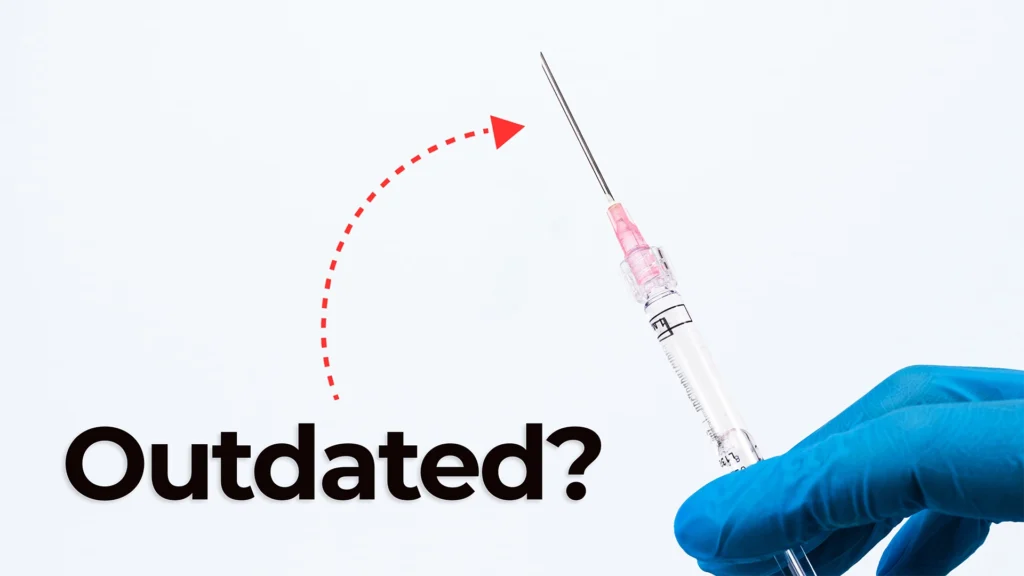
Nick and Nigel dive into the world of jet injector drug delivery. This needle-free method, made popular in science fiction and real-world vaccines, is still used today.
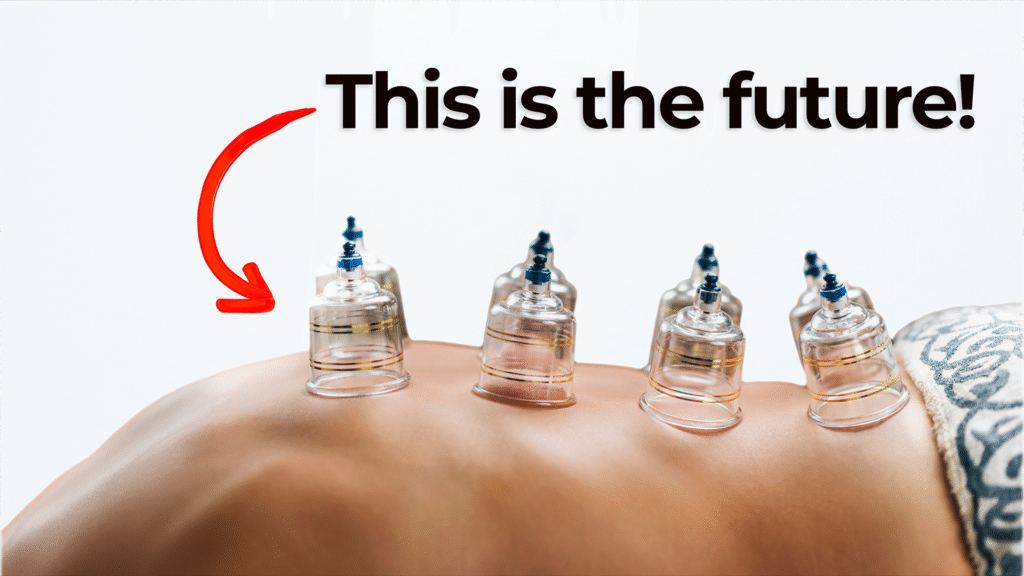
Nick and Nigel explore a surprising approach to injection pain reduction using suction technology. What started as an unusual product order at StarFish Medical led to important insights on improving patient comfort during injections.
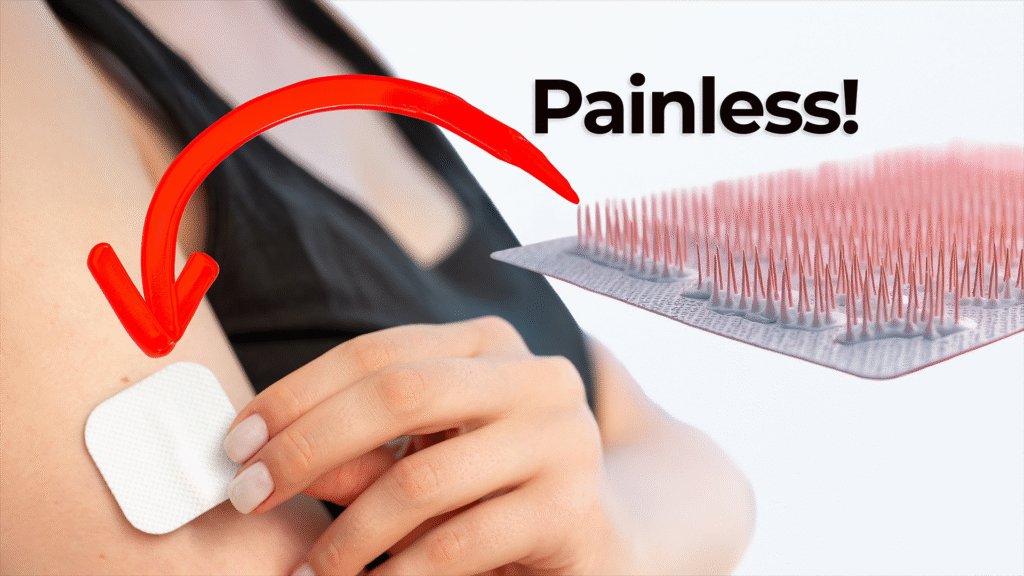
Nigel and Nick explore microneedle drug delivery—a growing field in medtech that aims to improve patient comfort and treatment compliance. While the term “microneedles” may sound futuristic, this technology has been around for years.
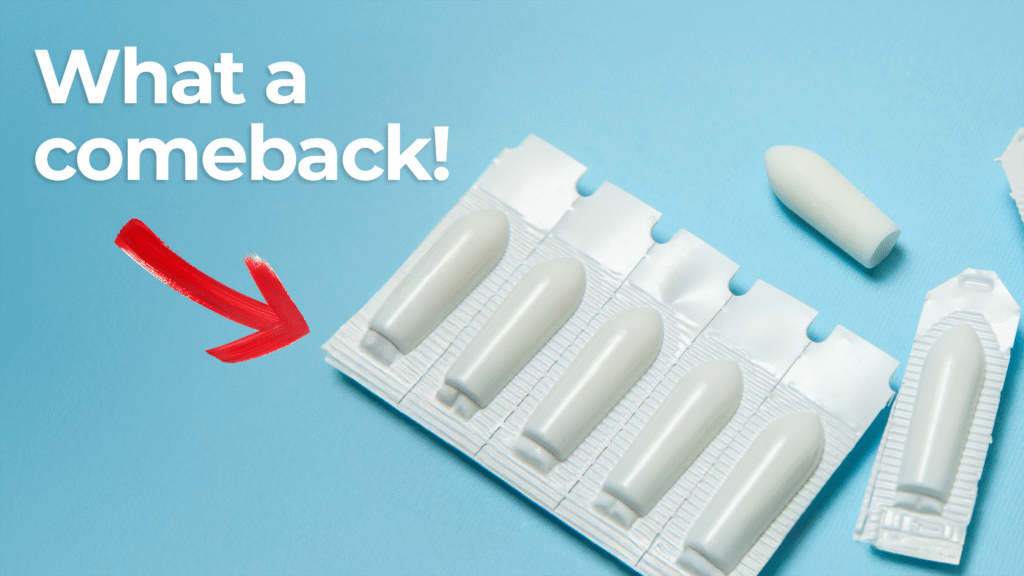
Nick and Nigel discuss an often-overlooked but increasingly relevant form of drug delivery: suppositories. While typically considered old-fashioned, suppositories are experiencing a resurgence in modern MedTech thanks to their versatility, systemic absorption benefits, and emerging formulation technologies.